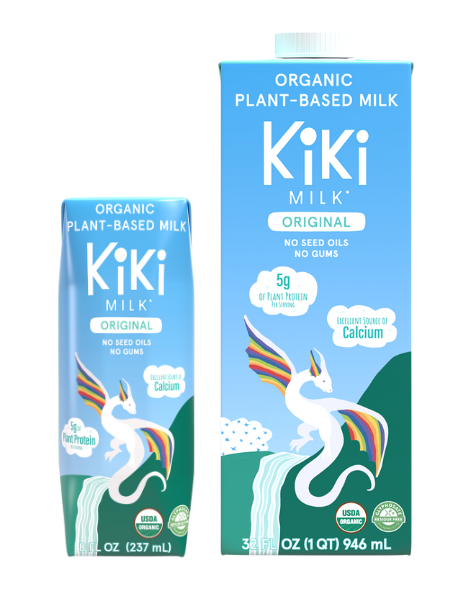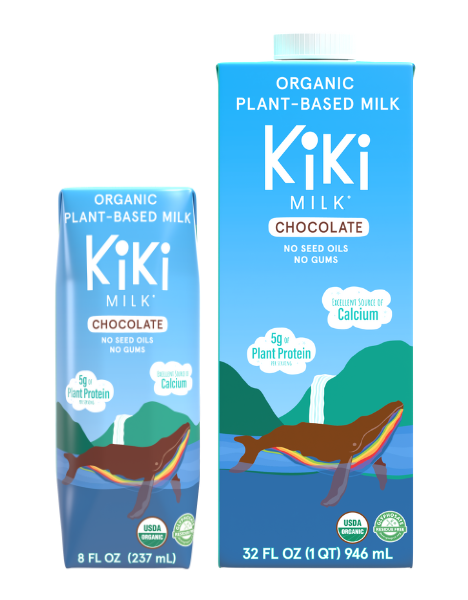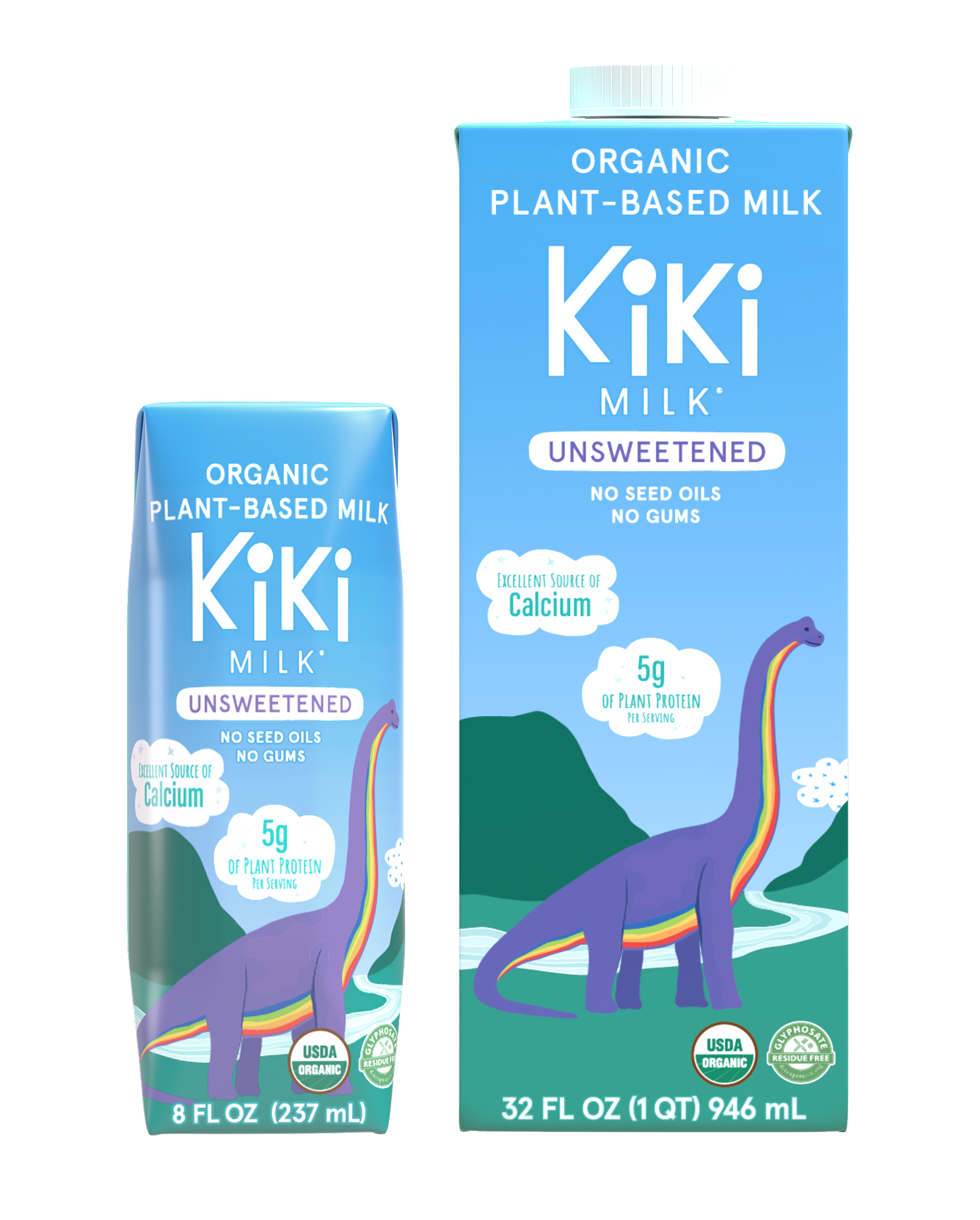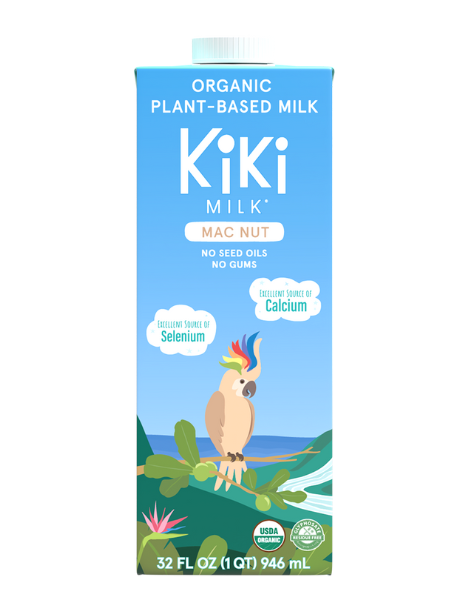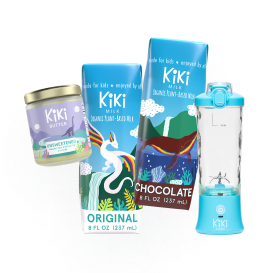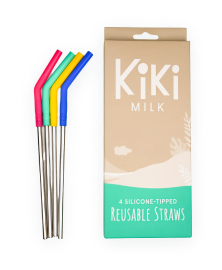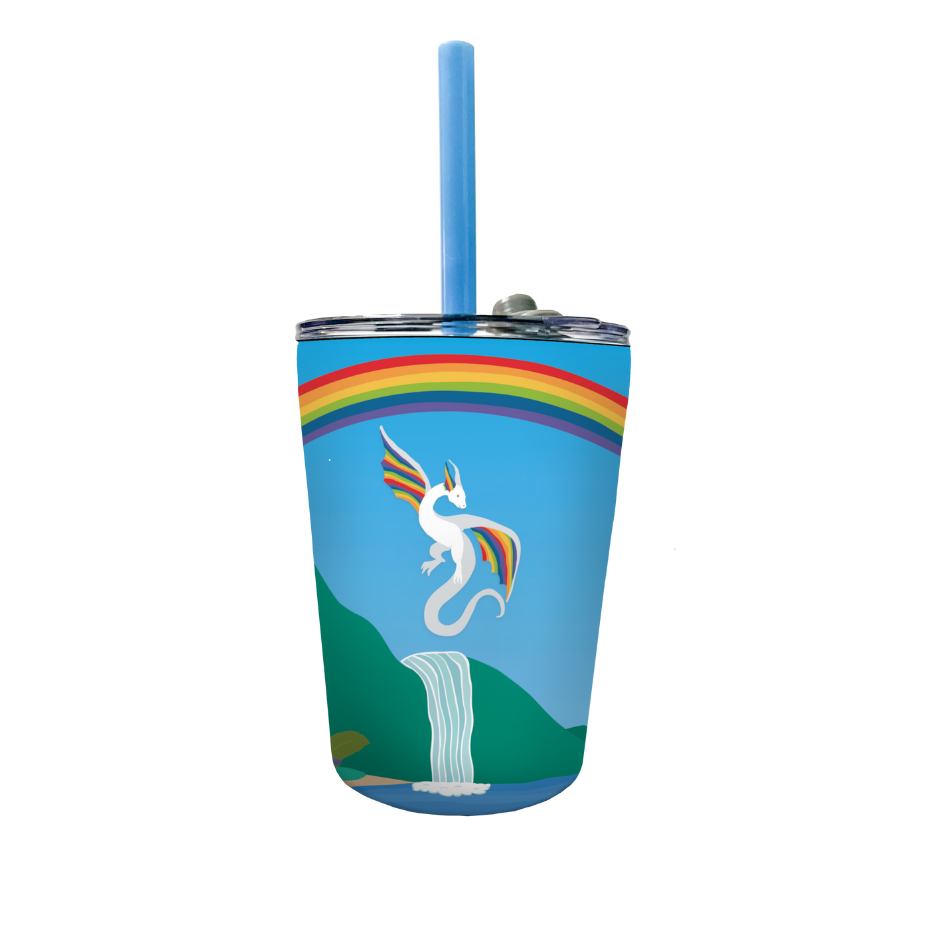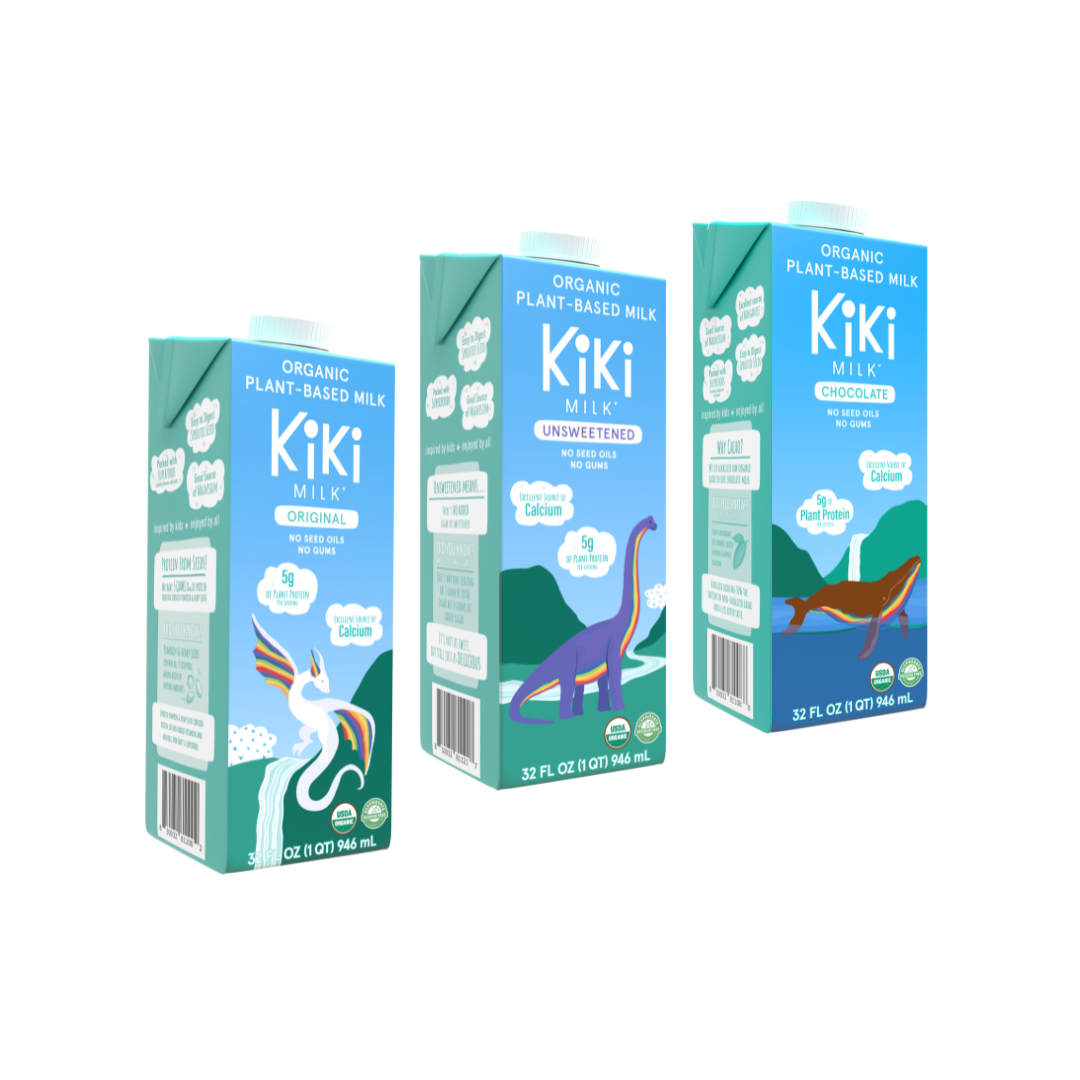What are natural and artificial flavors and colors?
The term natural flavor or natural flavoring is defined by the FDA as “a substance extracted, distilled, or similarly derived from natural sources like plants (fruits, herbs, veggies, barks, roots, etc.) or animals (meat, dairy products, eggs, etc.) via a method of heating, with its primary function in food being flavoring not nutritional.” Very broad and confusing, eh?
The issue with natural flavors is that they aren’t created only from the food they’re extracted from but are often mixed with other additives like preservatives, emulsifiers, and solvents. Artificial flavors are made solely from chemicals combined to mimic a flavor.
On the flip side, natural and artificial colors are recognized as color additives by the FDA. "Color additives may be used in food to enhance natural colors, add color to colorless and ‘fun’ foods such as cake decorations, and help identify flavors (such as purple for grape flavor or yellow for lemon). Color additives are sometimes called food dyes."
In short, whether flavors and colors are labeled natural or artificial, they are all processed to some degree and often include unknown additives.
Why do we avoid natural and artificial flavors and colors?
〰️ Nutrient Deplete
Natural and artificial colors and flavors do not contribute any nutritional value to food.
〰️ Often Include Additives
Natural flavor mixtures can contain more than 100 chemicals, including solvents, emulsifiers, flavor enhancers, and preservatives. In fact, some natural flavors, classified as safe, are made of more than 90% other substances used to enhance the flavor being created.
〰️ Vague Labeling
Food manufacturers must list natural flavors on ingredient labels but are not required to specify their exact sources or components, allowing them to use the generic term "natural flavor" to protect proprietary recipes. They only need to specify a flavor if it relies on a single source, such as "strawberry flavor" for purely strawberry-flavored products; otherwise, a combination of flavors is labeled as "natural flavors."
〰️ Link to Hyperactive Behavior in Children
Studies suggest that diet and toxins, specifically artificial food colorings, are linked to ADHD symptoms.
Sources: PMID: 36262950, 17825405, FDA
*Not all natural and artificial flavors and colros are equal. Variations in quality, purity, and nutritional content exist between brands and types.
What are some common natural and artificial flavors and colors?

How can you avoid natural and artificial flavors and colors?
The best way to avoid natural and artificial flavors and colors is to inspect ingredient lists 🕵️ 🔎 and focus on consuming fresh, whole food sources whenever possible 🥑🥦🍓 .

